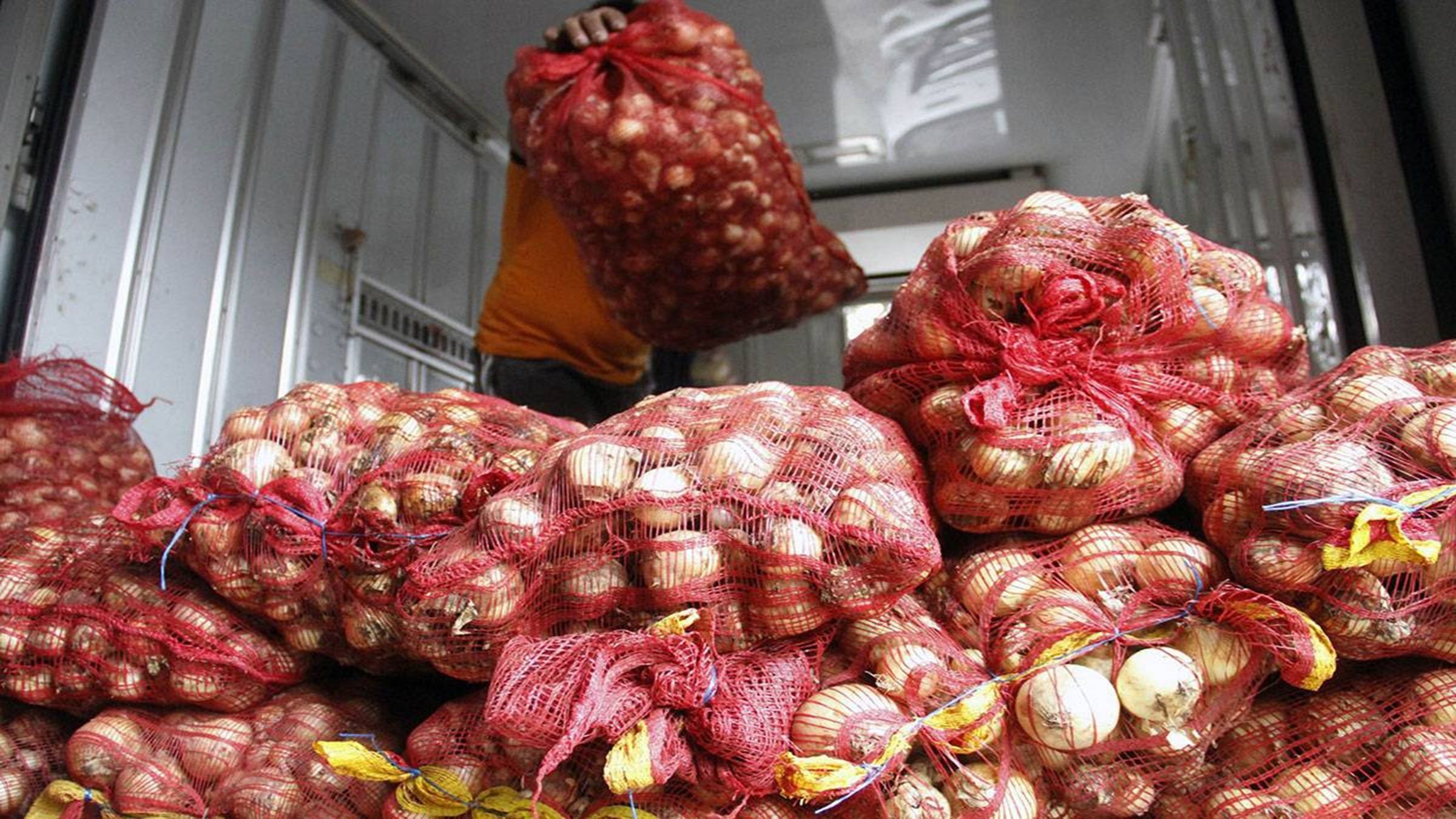Hopes for onion prices to drop with the arrival of imports are now dashed by the low application of importers to ship this ingredient in the limited time frame given them. Only 25 percent of the over 21,000 metric tons is expected to arrive here before end of January.
Even as over 21,000 metric tons of onions were approved by the Department of Agriculture last January 6 through a memorandum order, importers are not too keen and showed a weak appetite for such importation because of what they termed as stringent conditions.
The United States Department of Agriculture-Foreign Agricultural Service in Manila (USDA-FAS Manila) said the temporary onion import program of the Philippines is “expected to fail” due to stringent import rules, reported Business Mirror.
Because of this, USDA-FAS Manila doubted that the onion import program would be able to achieve its “intended result of providing price relief to consumers.”
“The extreme conditions attached to the unscheduled quota all but guarantee that it will not be filled and likely will not come close to filling,” the USDA-FAS Manila said in its Global Agricultural Information Network (Gain) report published recently.
It added that there are also “several” other conditions that would “reduce the likelihood” that the 21,060-MT quota would be realized, among them the strict arrival deadline, the limited volume per SPSIC (sanitary and phytosanitary import certificate), the few designated ports, restriction on cold storage management, and threat of ineligibility in succeeding importation programs due to failure to use a given quota, according to the USDA-FAS Manila.
Only 25% of allowed volume
In a Senate hearing, Bureau of Plant Industry (BPI) Director Glenn Panganiban disclosed that importers only applied to bring in 25 percent of the 21,060-metric ton onion importation program of the national
The BPI only entertained applications for the issuance of sanitary and phytosanitary import clearances (SPSICs) for the onion import program until January 13.
Under the importation rules released by the agriculture department, the BPI will reject any applications filed after last week’s deadline.
Furthermore, Panganiban pointed out that importers usually use up to half of the approved and issued SPSICs. This would mean that the actual onion import arrivals this month could be even lower than 5,000 MT.
“Only half applied [for the onion importation]. And usually, that [approved volume] does not arrive in the country totally. So we are expecting less than 5,000 metric tons [to arrive],” Panganiban told the Senate Agriculture and Food Committee, which heard stakeholders’ views on a Senate resolution inquiring into soaring prices of local onions.
Panganiban also vowed to lawmakers that the BPI would follow to the letter the onion import rules, particularly rejecting late SPSIC applications as well as denying entry any shipments that would enter the country beyond January 27.
Earlier this month, the Department of Agriculture (DA) greenlit the importation of 21,060 MT of fresh yellow and red onions to temper the commodity’s retail prices, which have skyrocketed to more than P700 per kilogram in recent weeks.
Favorable to Chinese exporters
“Given the time restriction, proximity, and shipping lanes, the measure gives strong favor to Chinese exporters over those in Europe and India. A 40 percent tariff is assessed on all imports, regardless of origin,” it said.
The USDA-FAS Manila pointed out that China is not the most favored foreign supplier of onions by importers. It noted that the Netherlands accounted for nearly half of the total onion imports of the Philippines from October 2021 to September 2022.
‘Welfare of farmers in mind’
Reacting to the report of the USDA-FAS Manila, Agriculture Assistant Secretary Kristine Y. Evangelista said the import rules were crafted with the welfare of the local onion farmers in mind of the BPI.
She pointed out that the low import volume application may bode well with the industry since the 5,000 MT of imports will not totally flood the domestic market.
Evangelista reiterated that the agriculture department would pursue imposing a suggested retail price (SRP) on imported onions to “protect” local farmers.
“We have an upcoming harvest and farmers are worried that they will be flooded. With just 5,000 metric tons, at least the entire domestic requirement of our consumers will not be purely imported, bulk of it would still come from local production,” she told reporters in an interview on Monday.
“The 5,000 metric tons would still have an impact [on farm-gate prices] but the retail market will not be flooded that much,” she added.
Tags: #USDA, #DA, #onionimports, #only25%tocomein, #stringentconditions

